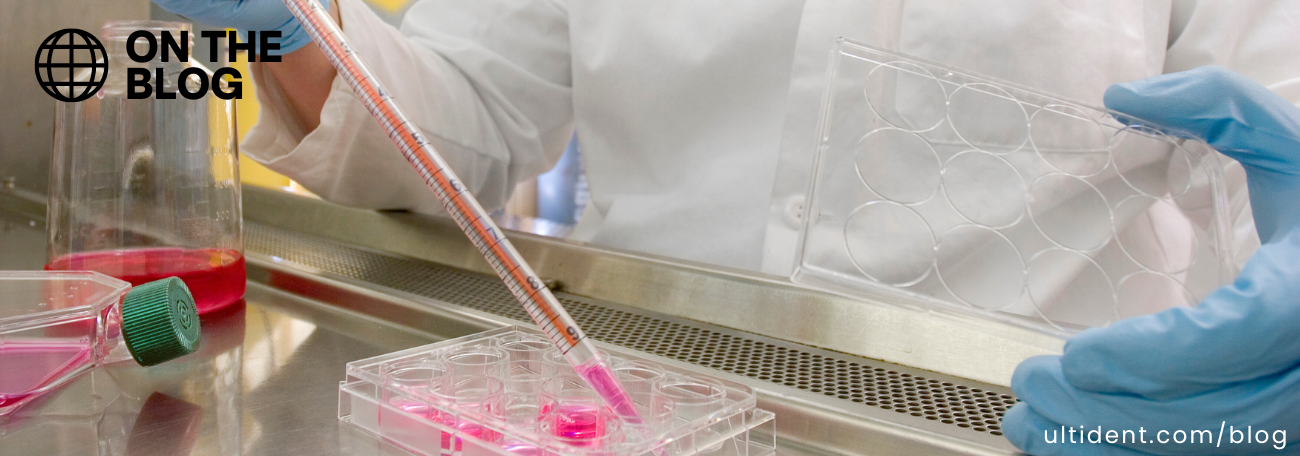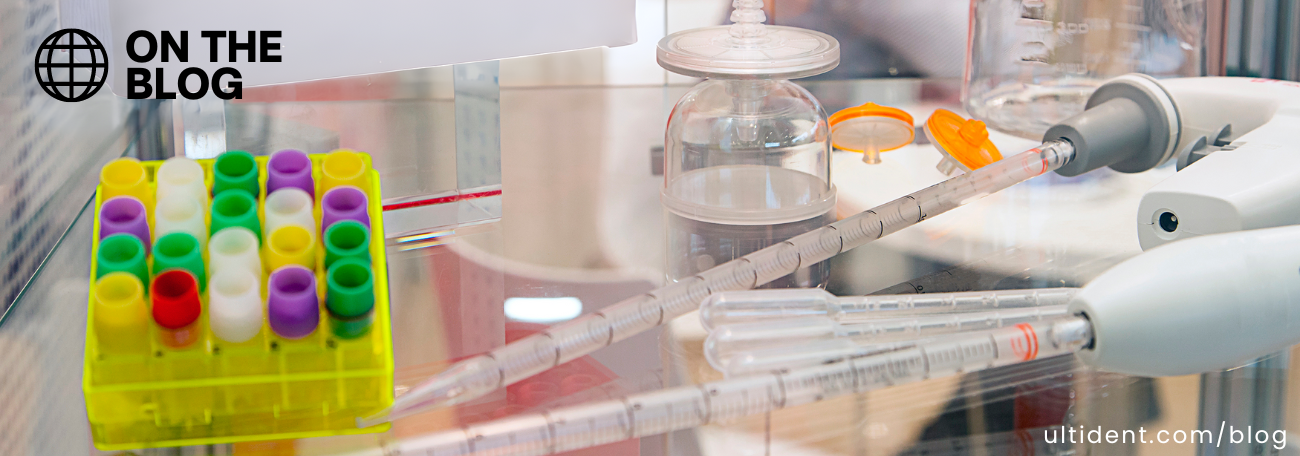How to Select the Right Nitrile Glove for your Application


How to Select the Right Nitrile Glove for your Application
With so many varieties of Nitrile Gloves on the market it can be hard to know which one to pick. We spoke with our glove experts and came up with some considerations to help you make the right decision.
For the purpose of this article, we’re going to focus on single-use, disposable, medical-grade nitrile gloves most commonly found in hospitals, medical facilities, dental facilities and laboratories.
All medical-grade gloves are Health Canada licensed as Class 2 Medical Devices, ensuring they have undergone rigorous testing to provide the strength and durability needed for your specific application. Health Canada guidelines also state that medical-grade gloves must be clearly identified as such by using specific words, (like “health care”, “examination”, “medical”) symbols or images that signify medical use. While non-medical gloves may be less costly, they are also less protective.
Glove size
We know hand protection is important in research and clinical laboratory environments. Proper protection starts with wearing appropriately sized gloves.
Sizing can be tricky however as glove fit will often vary by brand and model. Finger length and palm width can vary from one model to another making your preferred glove a personal choice. Using improperly sized gloves can result in hand fatigue, material stress and an overall less protective glove.
Glove Thickness
Glove thickness is most commonly measured in mils which is equal to one thousandth of an inch (or 0.02 millimetres). Thicker gloves provide more protection against breakthroughs but at the expense of hand dexterity and sensitivity. It is however important to remember that the thickness in different parts of the glove can vary tremendously, the cuff and palm are typically much thinner than the fingers. Always use caution when doing benchwork.
Glove Texture
While textured nitrile was once a novel feature for medical-grade gloves, most nitrile gloves produced today come with textured fingertips or are fully textured. The textured surfaces provide additional grip and can be especially handy when working in wet conditions
Accepted Quality Level (AQL)
Although all medical-grade nitrile gloves must meet a rigorous quality standard, a certain number of pinholes in every lot is accepted. Using random sampling, gloves are tested and given an AQL rating which represents the barrier integrity of the glove. The lower the AQL rating, the fewer the defects with AQL 1.5 being the minimum standard for medical applications. An AQL of 1.5 accepts the statistical probability that there are less than 1.5% of the products with defects in the batch of gloves.
Nitrile Chemical Resistance
Nitrile gloves have become the global standard for laboratory environments. They have broader chemical resistance when compared to latex and vinyl disposable gloves. They are however not impregnable.
Organic solvents such as acetone, Ammonium Hydroxide, Carbolic Acid, Phenol and others can degrade nitrile. Surprisingly, latex gloves can be a better option in some instances. Please refer to chemical resistance charts.
A thicker glove will generally be more protective, but you must always be vigilant of safety in a laboratory environment.
Ultident Scientific has been a leading Canadian distributor of Medical grade nitrile examination gloves for over 30 years. Browse our glove selection today to find the perfect nitrile glove for your application





